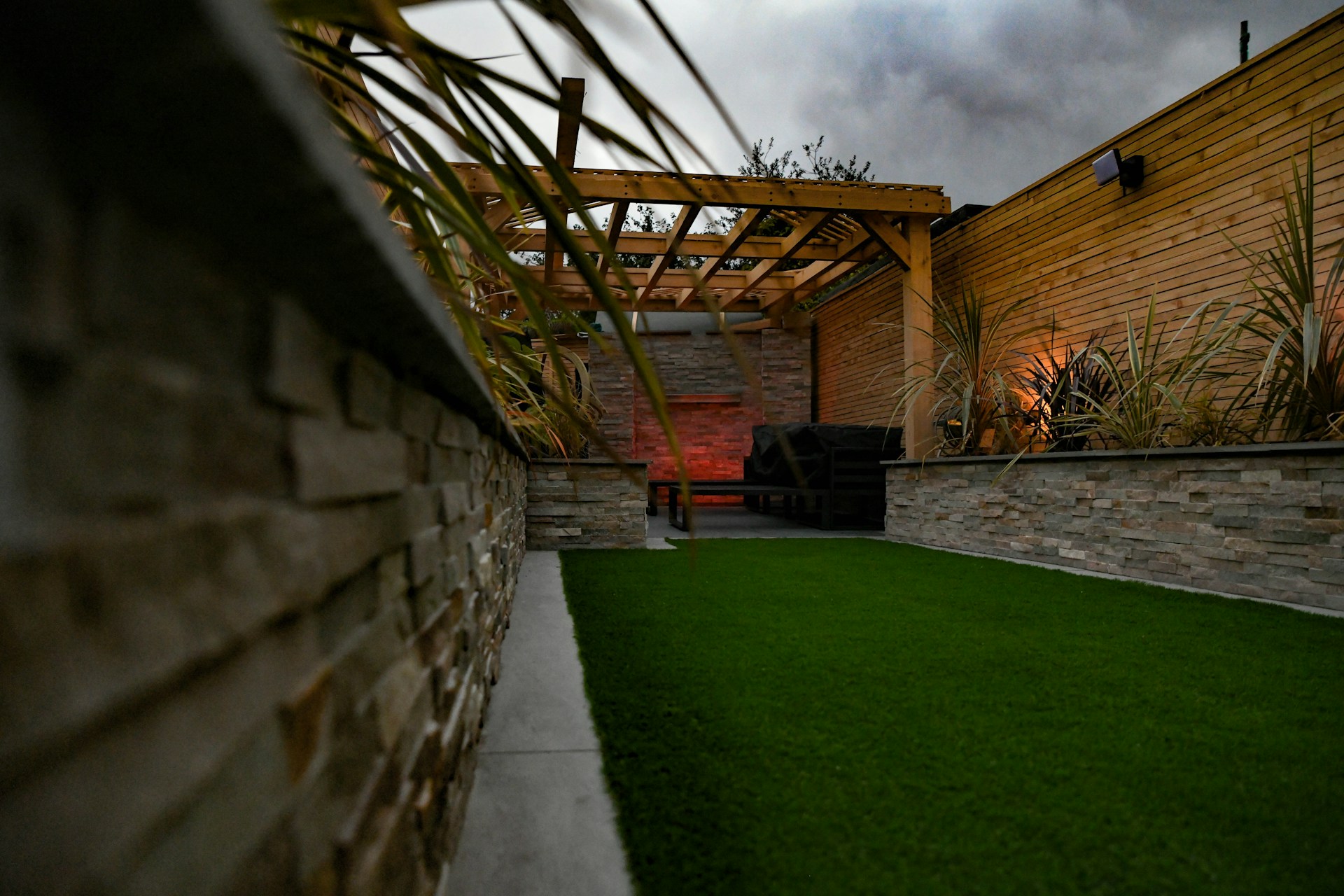Designing an Outdoor Kitchen for Your Backyard and Patio
An outdoor kitchen can extend living space, improve entertaining options, and change how you approach meals during warmer months. Planning one requires balancing functionality, weather resistance, and aesthetic fit with your backyard and patio. Consider layout, durable materials, appliances suited to outdoor use, and how the space will be used day-to-day. Good planning helps avoid costly retrofits and ensures the outdoor kitchen supports safe, efficient cooking and comfortable dining for family and guests.

Outdoor kitchen: planning and layout
Start by defining how you will use the outdoor kitchen — quick weeknight grilling, full meal preparation, or hosting large gatherings. Workflows should mirror indoor kitchens: prep, cooking, plating, and cleaning. Plan zones for food prep, refrigerated storage, and dishwashing if you expect extensive cooking. Consider sightlines and seating: a counter-height bar or island can separate the cooking area from social space on the patio while keeping hosts connected to guests. Leave adequate clearance around the grill for safety and ease of movement.
Grill: choosing type and placement
Your choice of grill shapes cooking style and infrastructure. Common options include gas, charcoal, and pellet grills, each with different venting, fuel supply, and maintenance needs. Place the grill on a stable, non-combustible surface and allow clearance from combustible materials and overhead structures. If you install a built-in grill, ensure the housing and ventilation meet local codes; freestanding units offer more flexibility. Think about adjacent surfaces for hot pans and a nearby sink or prep area to streamline service during active cooking.
Cooking: appliances and workflow
A versatile outdoor kitchen supports a variety of cooking methods: grilling, smoking, rotisserie, and sometimes stovetop or oven use. Popular complementary appliances include side burners for sauces, refrigerators for cold storage, and pizza ovens for specialty cooking. Lay out appliances to minimize crossing hot zones and to make utensils and ingredients easy to reach. Durable, weather-resistant cabinetry and countertops preserve performance; stainless steel and sealed stone surfaces balance heat resistance with cleanability for outdoor cooking tasks.
Backyard: utilities, permits, and site considerations
Integrating an outdoor kitchen into your backyard requires checking utilities and local regulations. You may need electrical, gas, and water connections; plan for proper trenching, frost protection, and safe routing of lines. Local building departments often require permits for gas hookups, electrical work, or permanent structures, and some HOAs have specific rules about outdoor kitchens in your area. Consider drainage, grading, and proximity to trees or structures to reduce fire and maintenance risks. Consulting local services for installation and compliance can save time and help ensure safety.
Patio: materials, shelter, and finishing touches
The patio is the stage for your outdoor kitchen; choose materials that stand up to heat, spills, and weather. Natural stone, concrete pavers, and porcelain tiles are common choices because they resist staining and are easy to level. Overhead shelter — a pergola, canopy, or roofed extension — enhances usability across seasons and protects appliances and guests from sun and rain. Lighting, durable outdoor seating, and integrated storage round out the patio experience. Select finishes and color palettes that coordinate with your home’s exterior and the backyard landscape.
Conclusion
An outdoor kitchen is a long-term improvement that changes how you use outdoor space and how you cook, dine, and entertain. Thoughtful planning around layout, grill selection, appliance workflow, site utilities, and patio materials reduces surprises and increases seasonal enjoyment. Work with qualified local services for specialized installations and check regulations in your area to confirm permits and compliance. With careful choices focused on durability, safety, and functionality, an outdoor kitchen can become a practical and attractive extension of your home.






